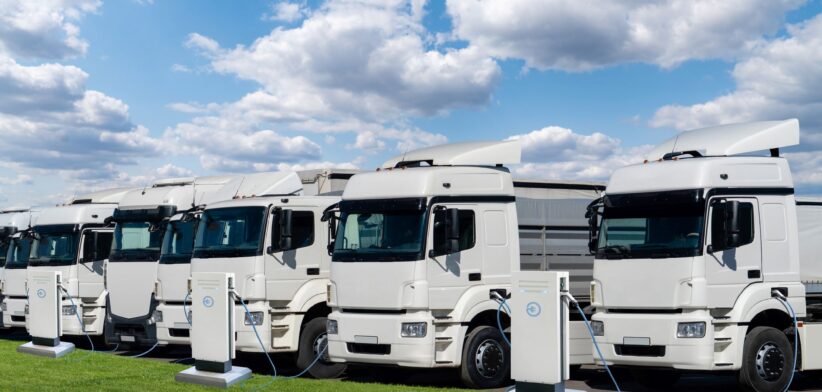A move from a “dig and ship” to a “mine and make” economy could generate $215 billion in revenue and create 53,000 jobs in Australia by 2035.
A new report from Beyond Zero Emissions (BZE) has called for Australia to value add to raw metal extraction and manufacture more clean technology onshore.
The think tank’s Make it here: building Australia’s clean industrial future report says boosting Australian manufacturing capabilities and growing five onshore cleantech supply chains would pay large dividends.
BZE CEO Heidi Lee said the report underscored the need for decisive action to harness Australia’s abundant resources and build on our innovation as the world accelerates efforts to move to net zero.
“From making batteries to recycling steel, the future is already being made in Australia. We have the skills, capabilities and key technologies needed for a zero emissions economy – let’s put them to work,” Ms Lee said.
“Australia can move from ‘dig and ship’ at the top of the supply chain to ‘mine and make’ by value adding to raw material extractions and investing in the circular economy to become a major supplier of refined minerals and by manufacturing more cleantech onshore.”
She said the report found growing onshore cleantech supply chains for solar, wind, batteries, heat pumps and commercial EVs could generate $215 billion in domestic revenue and create up to 53,000 new ongoing jobs by 2035.
“Australia possesses the necessary natural resources, innovation capabilities, and manufacturing capacity to play an important role in the global energy transition.”
The report found battery technologies were the most promising sector for Australia’s economic growth and decarbonisation efforts, potentially creating up to 20,000 jobs and $114 billion revenue by 2035.
In the other supply chains, it suggested that, by 2035, solar could create 5820 jobs and add $21 billion to GDP, while wind could create $35 billion in revenue and 1500 jobs.
It stated Australian-assembled residential heat pump air conditioning systems, if grown to 20 percent of the local demand, could deliver $1.8 billion in revenue each year to 2030. Hot water heat pump systems, if grown to 50 percent of local demand, could create 18,000 jobs and $1.96 billion in annual revenue.
Growing eBus production three-fold and eTruck production five-fold would meet local demand and create 105,000 jobs with businesses benefiting from $110 billion in revenue by the end of 2030, the report found.
In addition, smart investment in industries and regional communities would support places like Gladstone, in Queensland, Kwinana, in Western Australia and New South Wales’ Hunter Valley to diversify from a fossil fuel past and grow a clean technology future, the report stated.
Ms Lee said the report made a number of key recommendations, including the provision of time-limited financial support to build competitive Australian cleantech manufacturing industries, ensuring demand for Australian-made cleantech grew, focusing cleantech manufacturing in clean industry hubs and developing a circular economy.
“With the right support, Australia can meet global markets’ demand for refined critical minerals, and support onshore demand for cleantech products. Smart investment in supply chains is critical for Australia’s energy security, long-term jobs market and decarbonisation efforts,” Ms Lee said.
“We need to build capability at the top and tail of cleantech supply chains so we are better equipped to capture the benefits from our consumer products right through to waste that we currently have to bury or ship overseas.”








